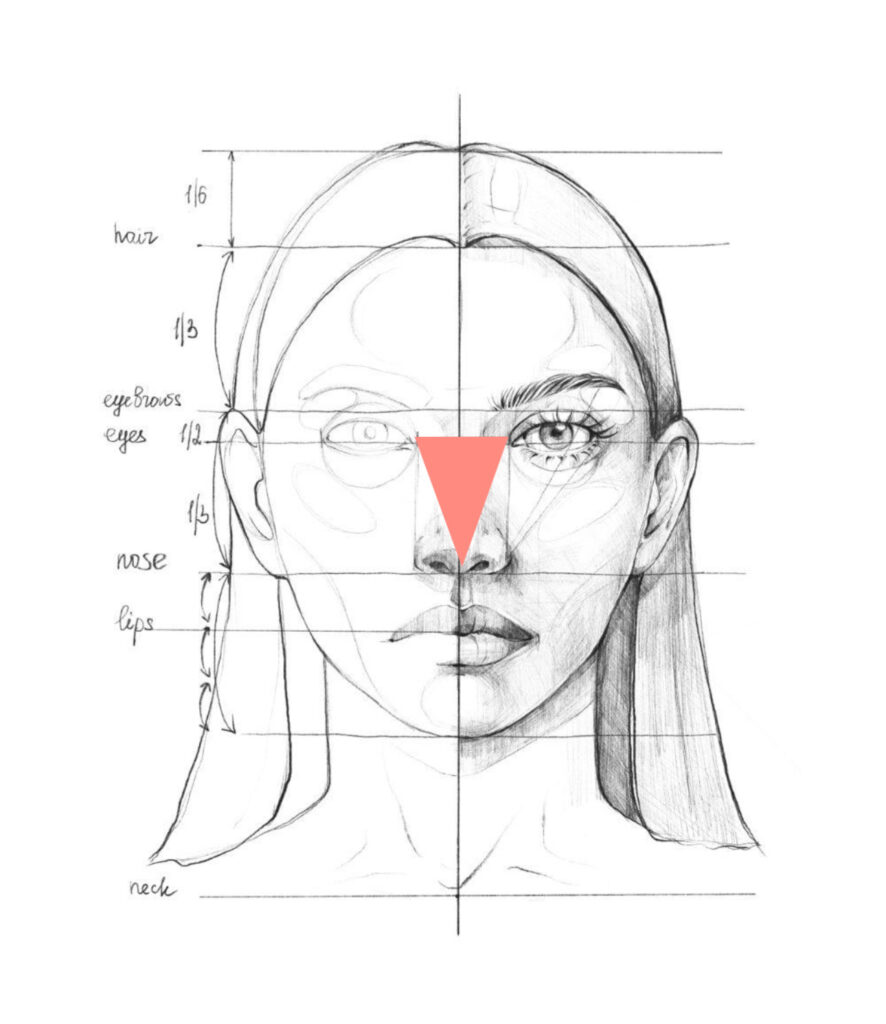For many artists, achieving symmetry is one of the biggest challenges. Whether you’re drawing faces, architecture, or nature, symmetry can make or break the realism and aesthetic balance of your artwork. In this article, we’ll cover essential drawing symmetry exercises to improve your skills, along with product recommendations to help you perfect your craft.
This page contains affiliate links, meaning I earn a commission if you use those links. Please read my Disclosure for more details.
Why Symmetry Matters in Art
Symmetry is a fundamental principle of design and composition. It helps to create visual harmony, balance, and proportion, which are critical for making your artwork more appealing. Whether you’re working on portraits or geometric patterns, understanding symmetry improves your spatial awareness and drawing accuracy.
You may want to check out this article: How to Draw Anything: practices to improve your drawing skills

Essential Drawing Symmetry Exercises
1. The Mirror Drawing Exercise
This is a basic exercise that helps you practice symmetry by reflecting one side of an object or face onto the other. Here’s how to do it:
- Start by drawing a vertical line down the center of your paper. This will act as your mirror line.
- On one side, draw half of an object or face, focusing on details like eyes, nose, or other features.
- Now, using the mirror line as a guide, replicate the drawing on the opposite side to create a perfect reflection.
This exercise builds your ability to see and replicate shapes accurately.
Recommended Product:
- Pro Art Light Box: A light box can help you trace shapes and better visualize symmetrical designs. Perfect for both beginners and advanced artists.
2. Grid Drawing Method
Grids are a fantastic tool to help break down a drawing into smaller, manageable parts. This method is perfect for ensuring the proportions of each side are consistent. Here’s how it works:
- Draw a grid of equal squares over your reference image (such as a face).
- Create the same grid on your drawing paper.
- Use the squares to focus on copying one section at a time, ensuring both sides of your drawing remain symmetrical.
This method is particularly effective for beginners who struggle with symmetry in portraits or complex designs.
Recommended Product:
- Westcott Drawing Grid Ruler: This tool allows you to easily create grids over your reference images and sketches, ensuring perfect alignment for symmetry.
3. Symmetry Through Freehand Practice
While tools like grids and rulers are helpful, freehand symmetry practice is essential for developing muscle memory and confidence. Here are a few fun exercises:
- Half Face Drawing: Start by drawing half of a face, then attempt to complete the other side without using any tools for measurement. This helps you develop your eye for proportion.
- Abstract Shape Symmetry: Create random shapes or patterns on one side of your paper, then try to replicate them exactly on the opposite side. Focus on maintaining balance and flow.
These exercises will improve your hand-eye coordination and help you become more comfortable with achieving symmetry freehand.
4. The Symmetry Flip Test
Once you’ve completed a drawing, one of the best ways to check for symmetry is by flipping it upside-down or viewing it in a mirror. This technique reveals any asymmetry that might not be visible when viewing the drawing from the same angle for too long.
- Simply hold your drawing up to a mirror or flip it on a lightbox. You’ll immediately see areas where the two sides don’t match.
This is a great final step in any symmetry exercise to ensure precision.
Tools to Help You Perfect Symmetry
Mastering symmetry can be challenging, but with the right tools, it becomes much easier. Here are a few products that can help streamline your drawing process:
- Graph Paper Sketchbooks: Grids are an excellent way to practice symmetry in any drawing. A graph paper sketchbook makes it easy to break down complex shapes and replicate them accurately.
- Staedtler Mars Precision Ruler: A high-quality ruler for creating precise guidelines and grids on your paper, ensuring your drawings remain symmetrical.
- Reflection Mirror for Drawing: This handy mirror tool allows you to flip your drawing and check for asymmetry without needing a separate mirror.
Conclusion
Achieving perfect symmetry in your drawings takes practice, but with consistent effort and the right exercises, you’ll see noticeable improvement. Whether you’re working with tools like grids and mirrors or refining your freehand technique, the key is repetition and focus. Incorporating these drawing symmetry exercises into your routine will strengthen your spatial awareness and overall artistic ability.
Enjoy creating <3


